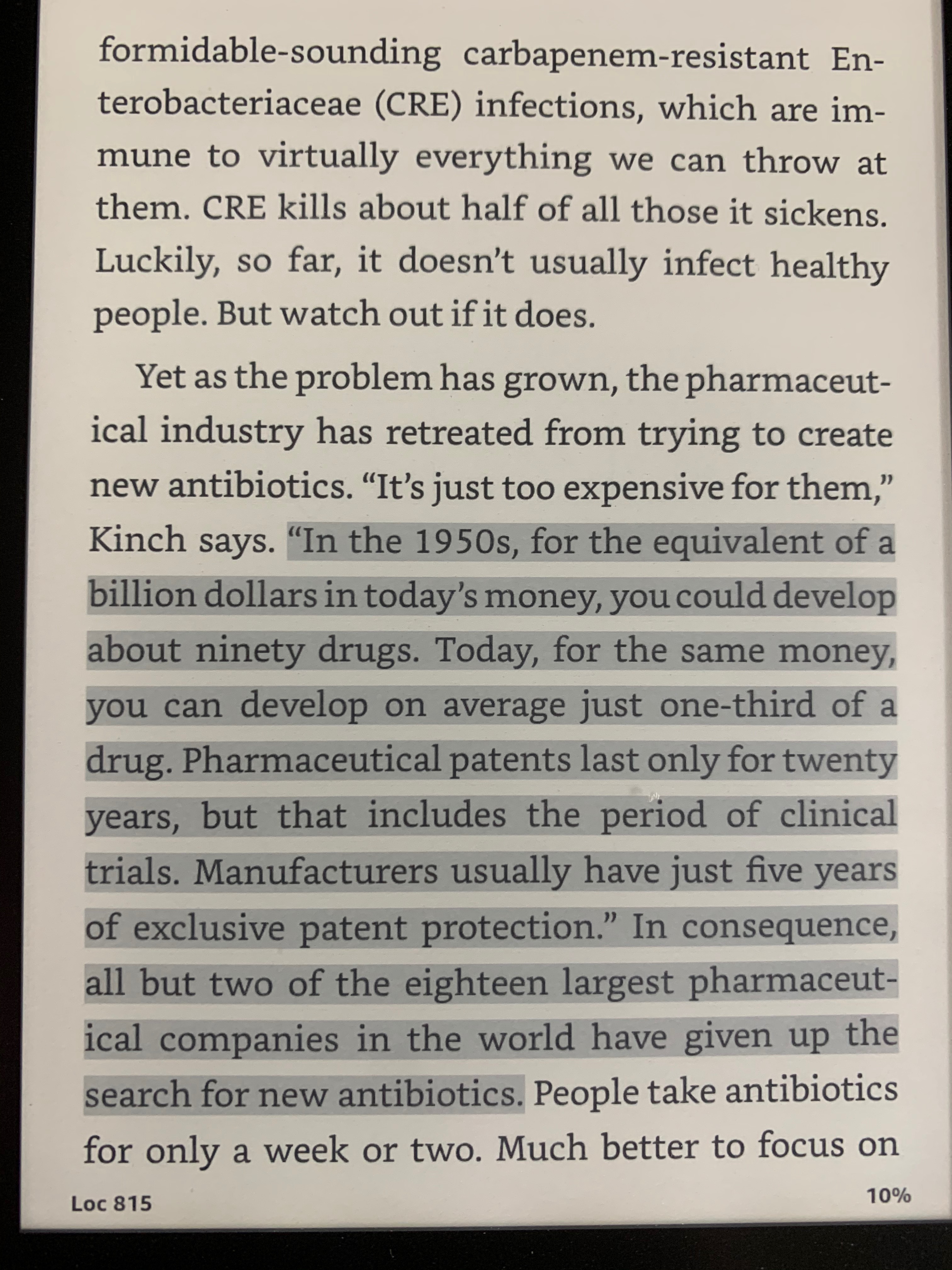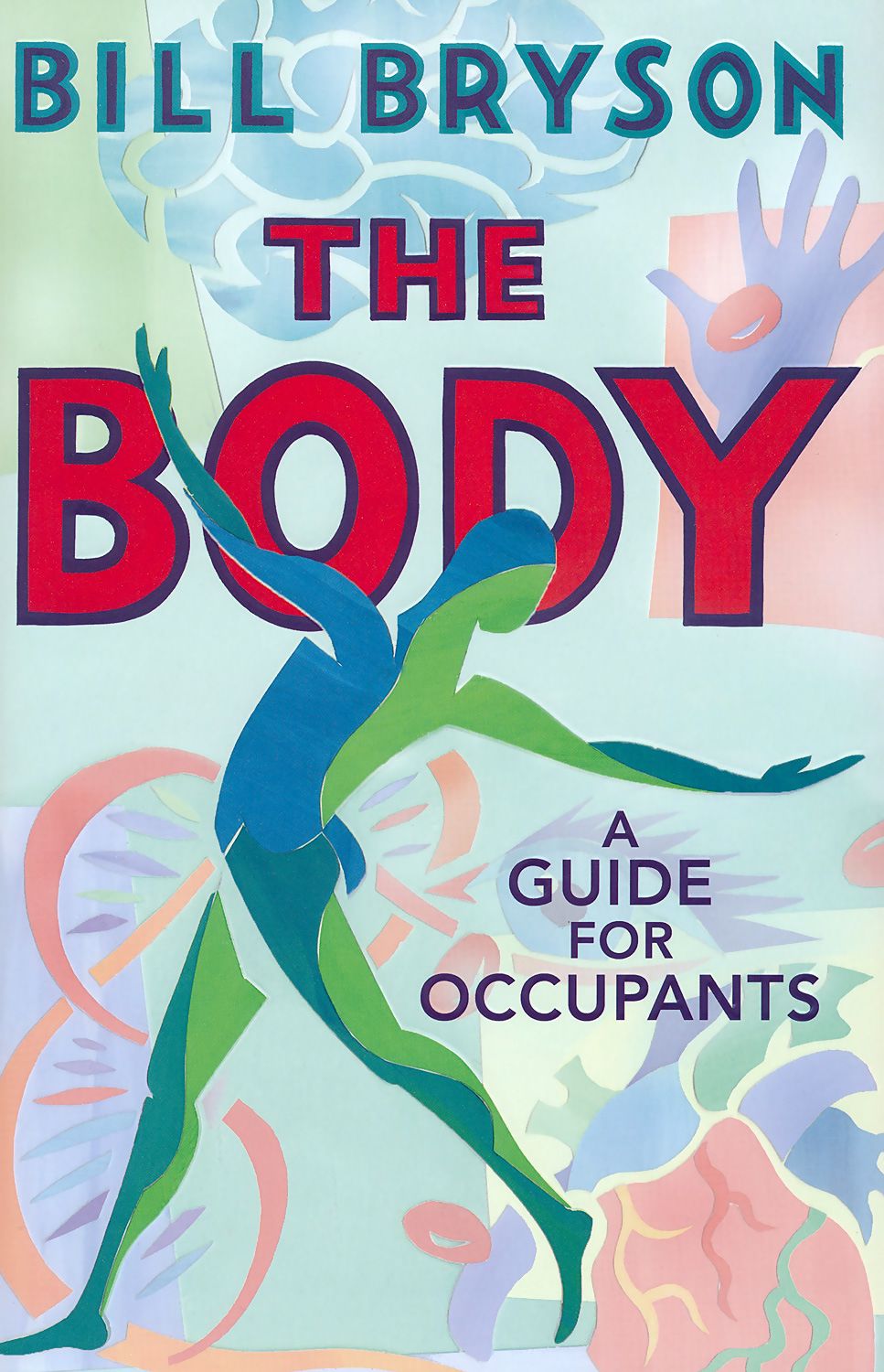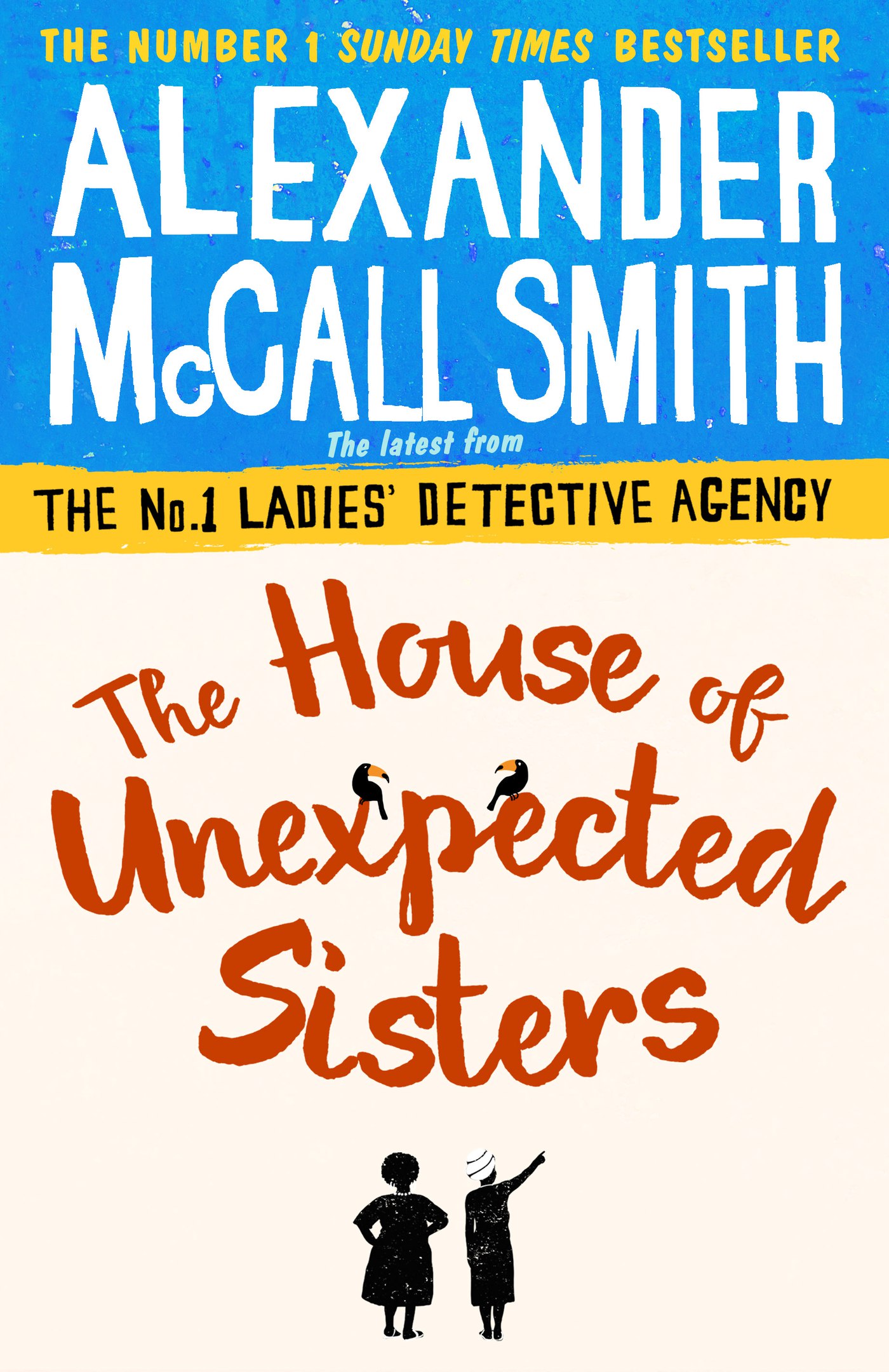

Bryson reports that food processing factories add a great deal of sugar even to foods that don’t intuitively seem sweet. Not only is the modern abundance of food unprecedented, but so is its calorie content. Thus, in modern times, following our instincts puts us at risk of obesity and malnutrition because most of us can access food in almost unlimited quantities without much physical exertion. And recent developments like mechanized farming and food processing have only widened the gap. In a hunting-and-gathering society, these instincts facilitated our survival.īut, according to Bryson, when our ancestors developed agriculture, the abundance and types of food that were available began to change faster than our bodies could adapt. If we consume more food than we need, our bodies store up the surplus as fat reserves to be used later.

As a result, they instinctively gravitated toward the most calorie-dense food they could find and conserved their energy whenever possible.Īs Bryson points out, our bodies still retain these instincts.

Prehistoric humans subsisted by hunting and gathering, which required them to expend a great deal of energy in obtaining their food. Limit Your Calorie Intakeīryson explains that, in the West, we face daily temptation to overeat because our bodies adapted to a prehistoric lifestyle that involved different challenges than the ones we face today.

We can draw several applications from his discussion. Bryson discusses the subject of nutrition from a variety of angles, including your body’s energy requirements, essential nutrients, and the way your senses assess the flavor of food. NutritionĪny user’s guide to the body should include a section on nutrition since what you feed your body influences how well it works and how long it lasts. We’ve grouped our actionable takeaways from Bryson’s book into five categories: nutrition, hygiene, fitness, sleep, and medication. We’ve drawn additional support for these inferences from other books such as The Omnivore’s Dilemma, The 4-Hour Body, Why We Sleep, and How Not to Die. In other cases, we can infer practical implications from the facts he presents. He occasionally offers insights on how to take care of your body. However, in this guide, we will focus on the practical takeaways from Bryson’s book. The tour-guide tone of the book is consistent with the author’s background since Bryson focused on writing travel literature for much of his writing career. Bryson devotes the majority of his book to presenting facts and anecdotes about the human body’s marvelous capabilities and significant vulnerabilities, as well as medical practices throughout history. 1-Page Summary 1-Page Book Summary of The Bodyīill Bryson’s The Body: A Guide for Occupants is not so much a user’s guide about your body as it is a tour guide.


 0 kommentar(er)
0 kommentar(er)
